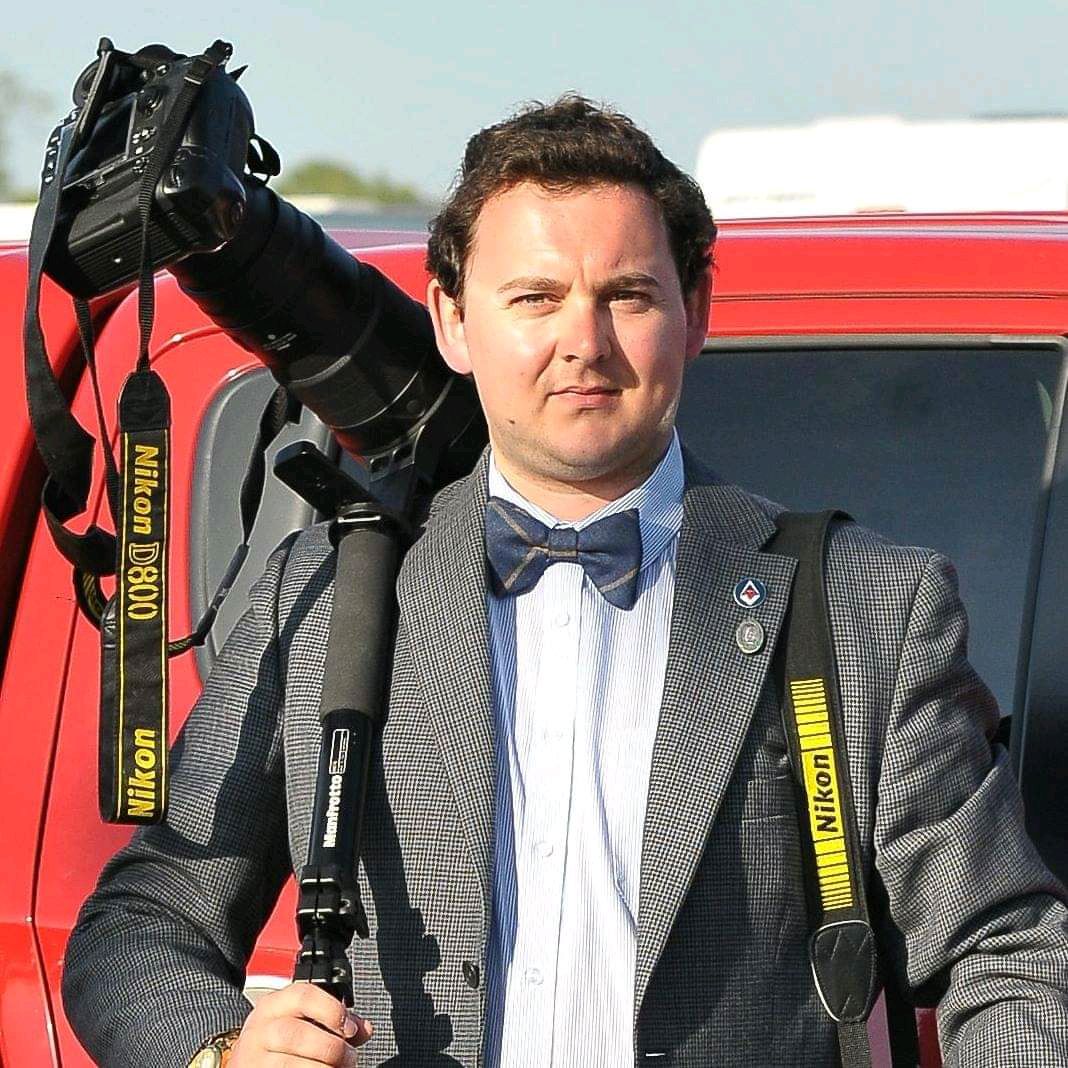Leica Q3: what we know and what we want to see
2023 promises to be a big year for Leica, if Q3 rumors are true

When it launched in 2019, the Leica Q2 was one of our favorite cameras. About three years later, we fell in love with the Leica Q2 Monochrom iteration, the splurge option in our best compact cameras round up.
We've yet to see a true Q2 successor, but rumors abound of a replacement on its way. According to the latest reports, a new camera, called the Leica Q3, will hit the shelves in 2023 with the same 60MP full-frame sensor found in the Leica M11.
The official launch event video for Leica M11 threw more fuel into the rumor mill. In the video, three white spaces reserved for future Leica cameras appear behind Leica head designer, Mark Shipard. Within these empty slots were the roadmaps to the Leica M, Leica SL and Leica Q series of cameras.
We're unpacking the benefits of a new sensor in the Leica Q series and detailing what we expect and hope to see in the Leica Q3.
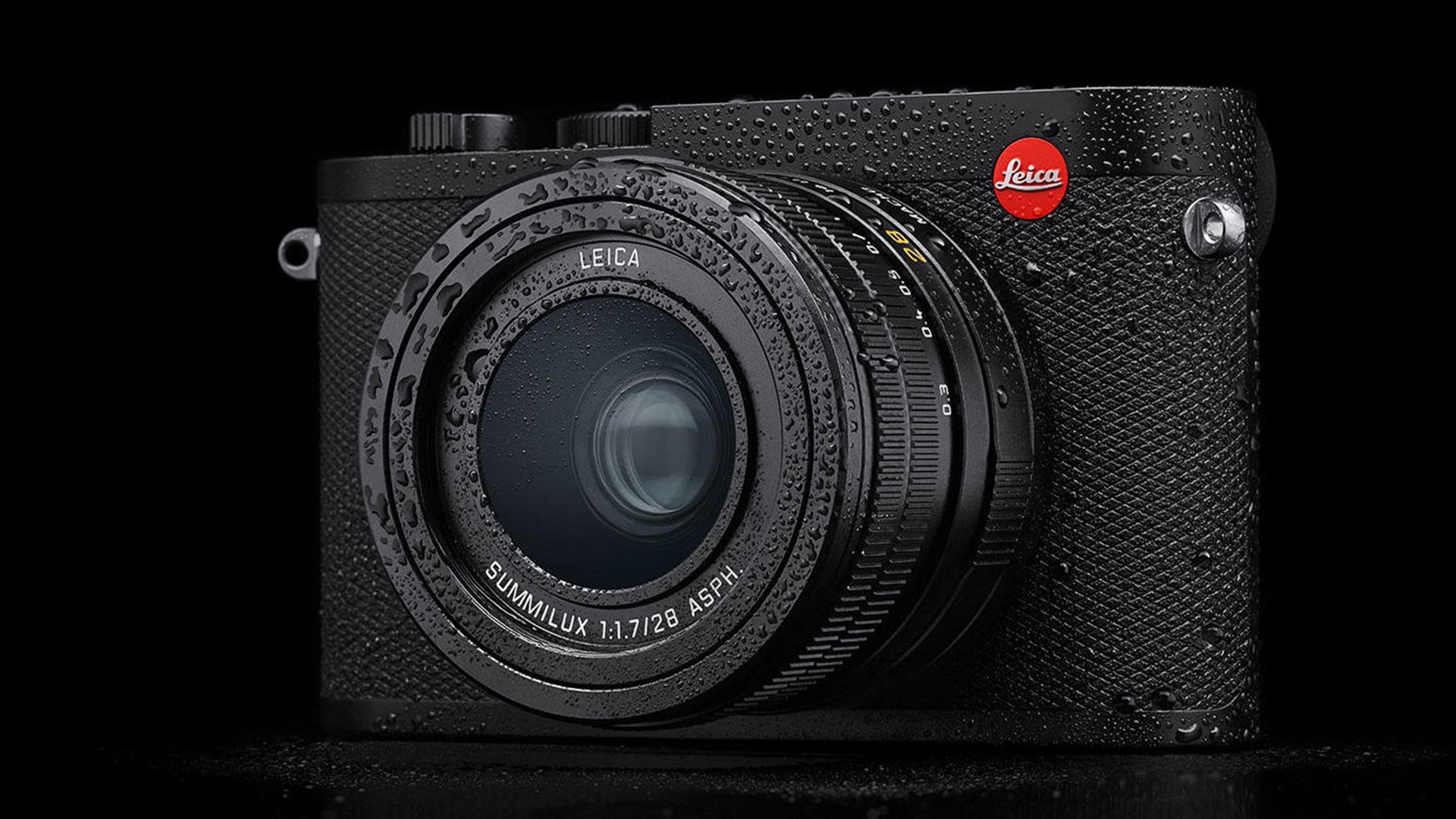
Leica Q3: Release date and price
Previous reports on the new Leica Q included a leaked image (below) of a Q model and data sourced from a Leica Fotos app update showing two code names: Leica Wilson and Leica Rene. In leaked pictures, it is clear that the code name "Wilson" refers to the expected Leica Q3.
In 2022, Executive VP Tech and Ops at Leica AG, Mr Stefan Daniel, also confirmed that Leica is working on a Q3. "Yes, there will be a Q3, for sure. We will not stop here as the Q line-up has become a part of Leica's product portfolio — but it is not for this year."
Since it's not if — but when — we think sometime in 2023 seems likely. Perhaps a Q3 in Q3?
Get daily insight, inspiration and deals in your inbox
Sign up for breaking news, reviews, opinion, top tech deals, and more.
Given the current financial climate, inflation and Leica's own track record, it's unlikely the Leica Q3 will cost less than or the same as the Leica Q2, which cost £4,250 /$4,995 / AU$8,500 (approx.) at launch; the Q2 cost a full $500 more than its predecessor. You can count on at least an incremental increase in price for the Q3.
There's also the matter of the monochromatic version of the Leica Q2, the Leica Q2 Monochrom. That version was launched a full year after the Q2 (and at a $1,000 premium, of $5,995). It's probably wishful thinking to expect a dual launch so black-and-white lovers may have to wait until 2024 if a Monochrom version of the Q3 is in the works.
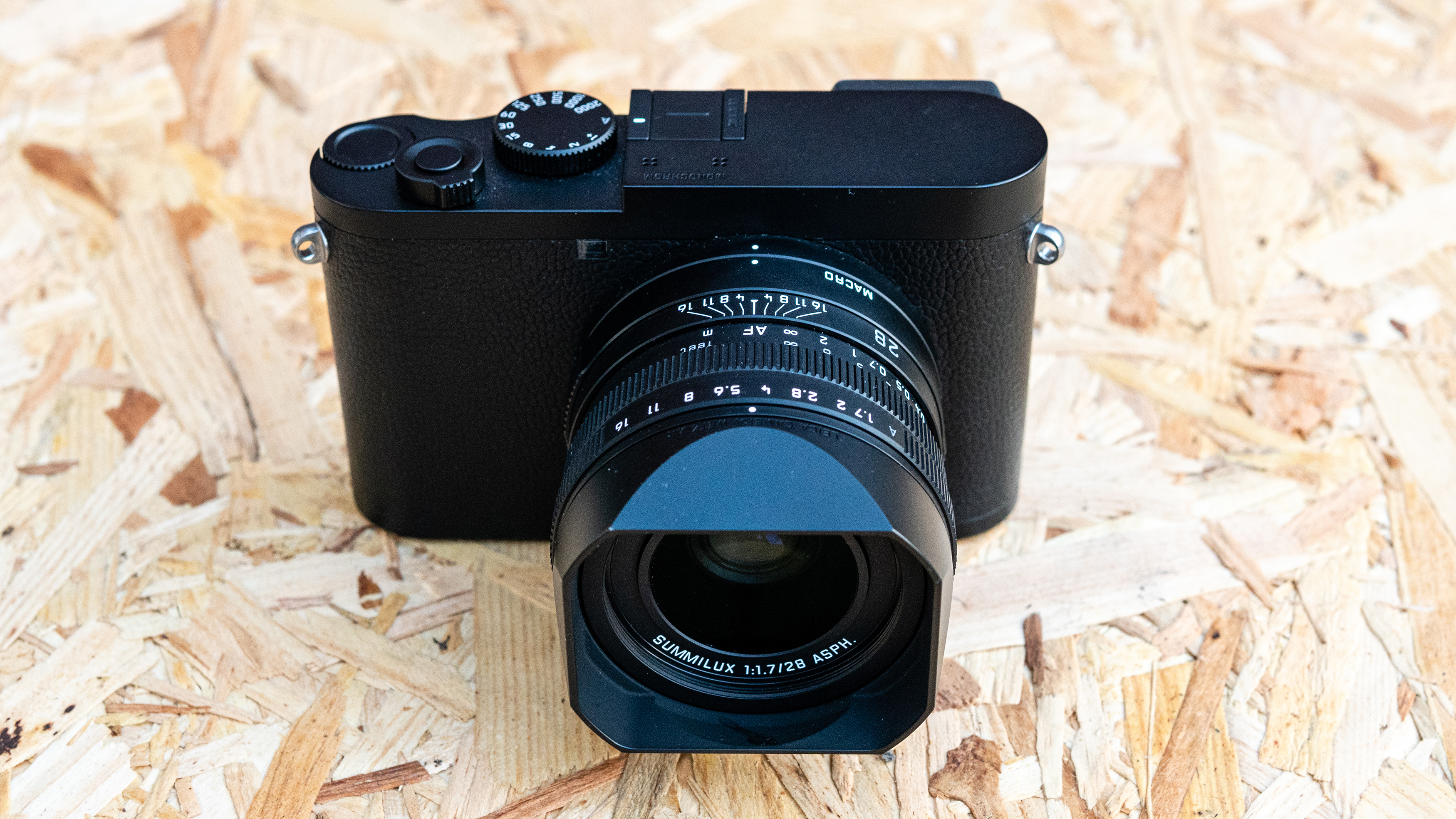
Leica Q3: Sensor
The Leica Q2 is able to resolve fine detail with its 47MP full-frame sensor, but the Leica M11 cranked things up a notch with a 60MP sensor. Bringing that sensor over to the Leica Q series is a practical move, and would represent a solid upgrade.
One strength of a high-resolution sensor is additional cropping power, which is especially helpful for a fixed lens camera like the Leica Q2, which has a 28mm f/1.7 — similar to the field of view on a smartphone's main camera.
In fact, there is a function in the Q2 that simulates different focal lengths: 35mm, 50mm and 75mm. All it's doing is cropping into the 28mm frame, but the tighter the crop, the more the resolution drops (for example, the 75mm option is 7MP). You might not need 60MP, but by increasing that already excellent 47MP resolution to an even better 60MP, you're going to enjoy better detail in cropped images.
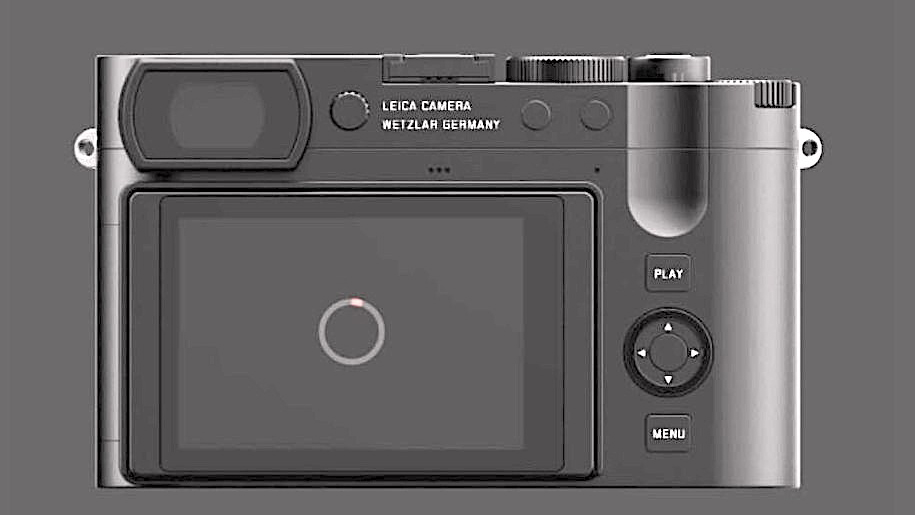
Leica Q3: Screen and EVF
The leaked image (above) shows the back of a Leica Q camera, and it's styled differently than the existing Leica Q and Q2 models. Buttons have moved from the left to the right of the screen, and it what it looks like is a tilt-design.
A tilt-touchscreen would be a first for a full-frame Leica camera — and a radical design change for a brand big on heritage. A tilt-touchscreen is a super handy feature for waist-level shooting, which is a popular shooting technique, particularly among street photographers.
The EVF on the Leica Q2 is lovely — a large and bright display with decent 3.69m-dot resolution and high refresh rate. However, we did experience live-view freezing from time to time, like when using burst mode. It wasn't a frequent issue, but it did exist, and our hope is for a more consistently fluid experience in the Q3.
Could Leica also incorporate EVF pupil-tracking to assist with the Autofocus detection? That's one we'd really like to see in the Q3.
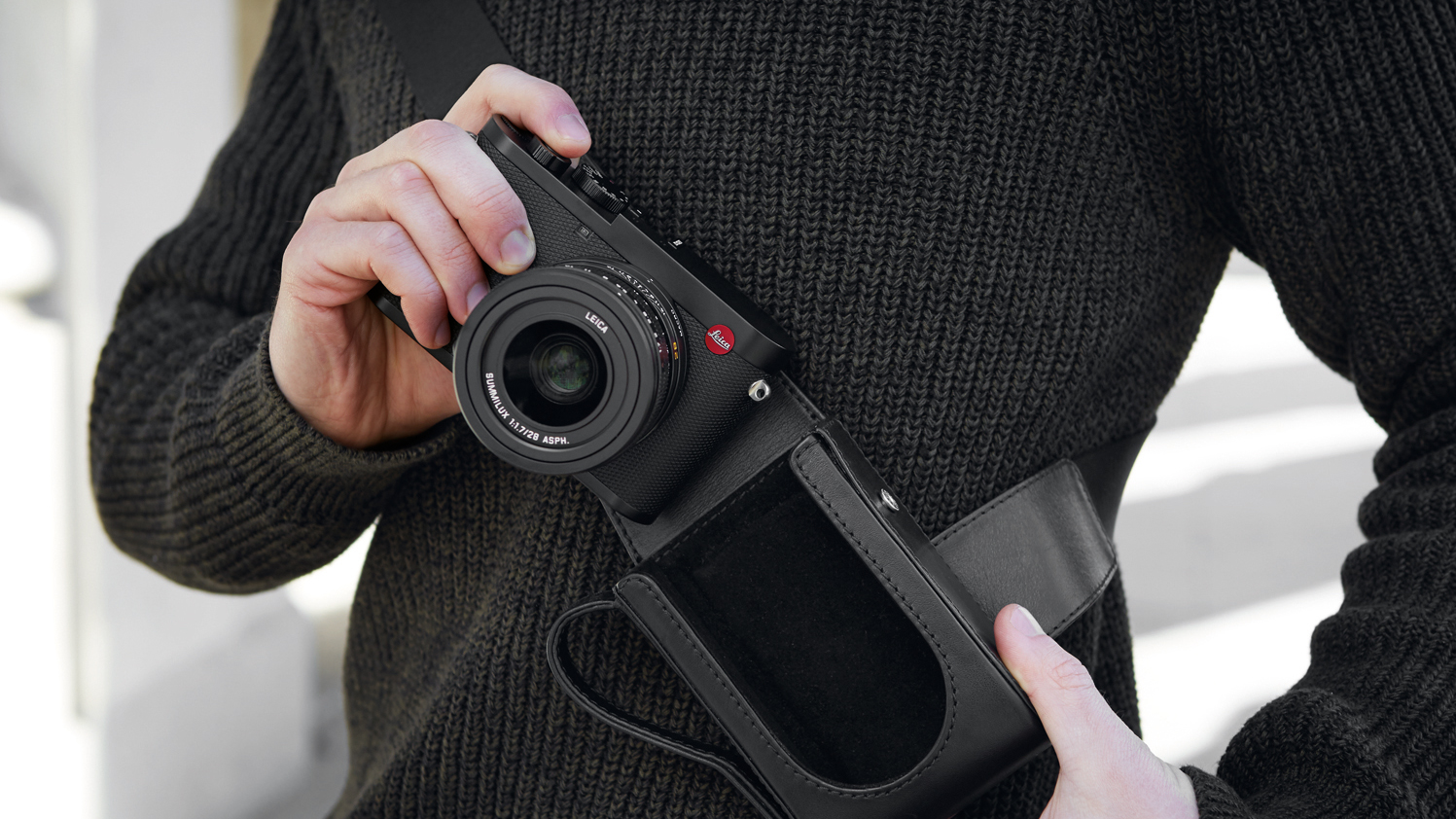
Leica Q3: Design
Beyond the screen, leaked pictures don't hint at any other big design changes in the Q3. That's a shame because the handling of the Q2 could really use an update. With no front grip and moderate textured finish, there's nothing really to get hold of around the front. Leica offers an optional (and costly, of course) solution for the Q2 — an external grip — for around £110 / $125.
Otherwise, the design of the Leica Q2 is refreshingly minimalist, and we'd like Leica to keep it that way. Despite its simple button layout, there's plenty of ways to quickly navigate the camera's controls. The Leica Q-series is an antidote in a market flooded with complicated cameras.
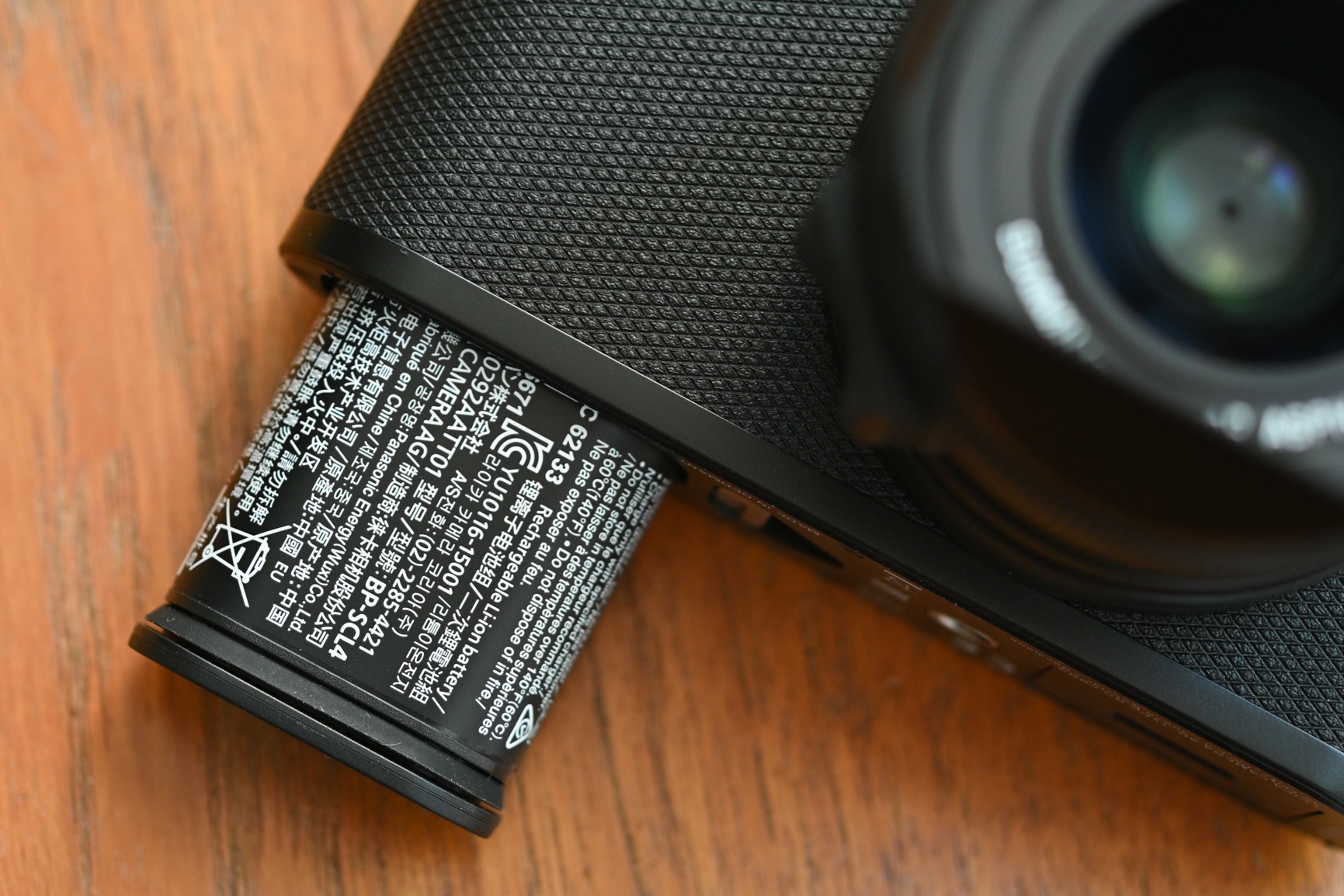
Leica Q3: Performance
A full-frame sensor and large and bright EVF are power hungry, and it shows in the Leica Q2, which has a CIPA-rated battery life of 350-shots. Can Leica work its magic to increase battery life in the Q3? It's unlikely; furthermore, if the specifications on the Q3 improve, a Q2-like battery would take an even greater hit.
A new electronic shutter was introduced in the Leica M11 that unleashed an ultra-fast 1/16000sec shutter speed. The Leica Q2 maxes out at 1/2000sec. That slower shutter speed might not be a deal-breaker for street photographers, but a bump to 1/4,000th with its mechanical shutter — or including that electronic shutter — could help the Leica Q3 take full advantage of its fixed Summilux 28mm f/1.7 lens in broad daylight, helping photogs achieve extremely shallow depth-of-field, without blowing highlights.
Taking everything into consideration, a new 60MP sensor, tilt-touchscreen and possible electronic shutter are the most likely, and most noteworthy, changes we'll see the Leica Q3 bring, but we'll be sure to keep the updates rolling as more is revealed.
For nearly two decades Sebastian's work has been published internationally. Originally specialising in Equestrianism, his visuals have been used by the leading names in the equestrian industry such as The Fédération Equestre Internationale (FEI), The Jockey Club, Horse & Hound and many more for various advertising campaigns, books and pre/post-event highlights.
He is a Fellow of The Royal Society of Arts, holds a Foundation Degree in Equitation Science and is a Master of Arts in Publishing. He is member of Nikon NPS and has been a Nikon user since the film days using a Nikon F5 and saw the digital transition with Nikon's D series cameras and is still to this day the youngest member to be elected in to BEWA, The British Equestrian Writers' Association.
He is familiar with and shows great interest in medium and large format photography with products by Phase One, Hasselblad, Alpa and Sinar and has used many cinema cameras from the likes of Sony, RED, ARRI and everything in between. His work covers the genres of Equestrian, Landscape, Abstract or Nature and combines nearly two decades of experience to offer exclusive limited-edition prints to the international stage from his film & digital photography.
- Timothy ColemanCameras editor
